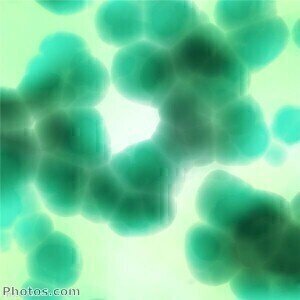News & Views
How does Moss Thrive in Freezing Temperatures?
May 21 2014
Moss is often viewed as a nuisance; an unwanted pest that grows between the cracks in your patio and in your garden wall. But this tiny fibrous organism is a marvel in itself, with over 10,000 different species growing in every unlikely nook and cranny of the world – including in Antarctica. That’s right; while the coldest continent on Earth is 99% covered in ice, in that remaining 1%, many moss banks make themselves an unlikely home. How do they achieve it? Through several, rather ingenious methods, as listed below:
Having a Low Centre of Gravity
Taller plants wouldn’t stand a chance in Antarctica, since as well as being the coldest continent, it is also the windiest. The ever-present winds, which are incredibly strong, are even able to topple glaciers; however, they are no match for the mighty moss. By maintaining a low centre of gravity, moss avoids damage by the unforgiving wind currents.
Not Requiring too much Sunlight
Of course, sunlight is an integral part of photosynthesis, the process by which all plants convert sunlight into usable energy, and moss is no different. However, its optimal level of necessary sunlight is far lower than the majority of the plant kingdom, making it perfectly suited to conditions in Antarctica. Here, the cloud cover is much more pronounced than elsewhere. Similarly, the poles naturally receive less sunlight than the equatorial regions due to their global position. Both of these facts contribute to giving moss exactly the required amount of sunlight, and no more.
Asexual Reproduction
It is far too cold in the Antarctic for sex; even for plants. Spores (the mossy version of seeds) can’t be produced in such temperatures, and so, as an alternative, moss reproduces asexually. Indeed, new plants can effectively re-spawn from a small remnant of an existing plant. Impressive stuff.
Slow and Steady Wins the Race
In stark contrast to many vascular plants, moss does not need to complete a single life cycle in a single year. This means it can bide its time and grow at the startlingly slow rate of just 1mm per year. In fact, the oldest examples of Antarctic moss, found on Elephant Island (where Ernest Shackleton and his men were holed up for more than four months), date back an incredible 5,000 years!
Zombie Moss
Normally when you deprive an organism of nourishment – and especially of water – it will die. Not the hardy moss. Because of unique properties which allow it to become resistant to desiccation, moss can basically shut itself off for an extended period of time, and then spontaneously regenerate when the occasion presents itself. Sort of like cryogenic preservation in the moss world.
Now in Antarctica, which is full of snow and ice, you might think that water shortage wouldn’t be a problem. But because the precious H20 is often locked inside the ice, moss has to be able to ween itself off the liquid for millennia at a time, before springing back to life when water becomes readily available again. Indeed, in an amazing new study by the British Antarctic Survey and Reading University, a sample of moss that had been frozen for over 1,500 years was successfully brought back to life! Zombie moss indeed.
Digital Edition
Lab Asia 31.2 April 2024
April 2024
In This Edition Chromatography Articles - Approaches to troubleshooting an SPE method for the analysis of oligonucleotides (pt i) - High-precision liquid flow processes demand full fluidic c...
View all digital editions
Events
May 05 2024 Seville, Spain
InformEx Zone at CPhl North America
May 07 2024 Pennsylvania, PA, USA
May 14 2024 Oklahoma City, OK, USA
May 15 2024 Birmingham, UK
May 21 2024 Lagos, Nigeria











.jpg)






